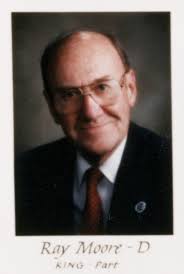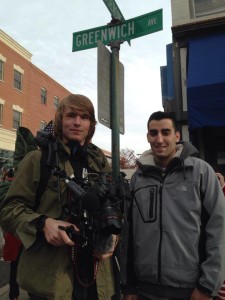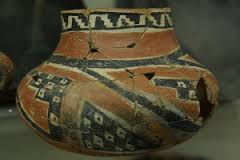In Praise of Bureaucrats
There is actually so much to talk about at this moment – presidential contest, race relations, gun violence, natural disasters, homeless refugees worldwide – that I am paralyzed. I just can’t go there.
And so I am going to look to the upcoming holiday, Labor Day, and say something in praise of laborers, something that I have been meaning to say for a long time. “I love bureaucrats.” I’m not saying that I love them all. The ones who give the word “bureaucrat” a bad name are running Tupperware businesses out of their desk drawer, playing hours of Candy Crush or Words with Friends on their smart phones, shopping for a pop up tent or a set of golf clubs online, or just putting in time waiting for retirement.
 But the ones I want to talk about are true civil servants, committed, even passionate about being that critical link between government and citizens. They could be working elsewhere, in an office with a window even, making more money, receiving more admiration, but because they care and believe in the system they are squirreled away in a cubicle, doing their best for the rest of us. They are committed to making government run smoothly and efficiently. They know they are tiny cogs in a huge machine, but they also know that every cog is critical, every cog is connected to other cogs, and the whole depends on these well-oiled parts humming along. (more…)
But the ones I want to talk about are true civil servants, committed, even passionate about being that critical link between government and citizens. They could be working elsewhere, in an office with a window even, making more money, receiving more admiration, but because they care and believe in the system they are squirreled away in a cubicle, doing their best for the rest of us. They are committed to making government run smoothly and efficiently. They know they are tiny cogs in a huge machine, but they also know that every cog is critical, every cog is connected to other cogs, and the whole depends on these well-oiled parts humming along. (more…)







